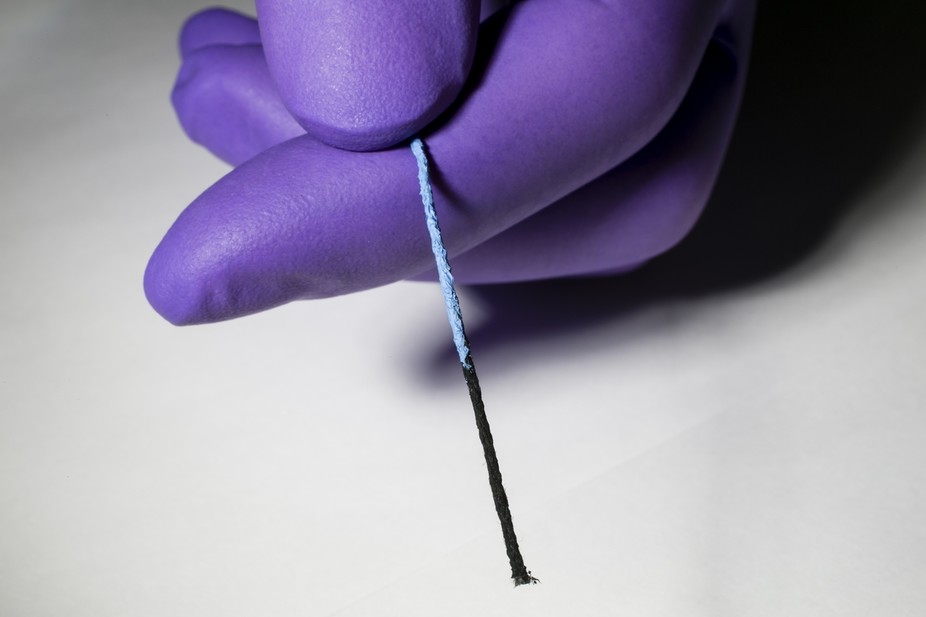Deadline for Submitting Abstracts
Dec. 16, 2016
Submit today!
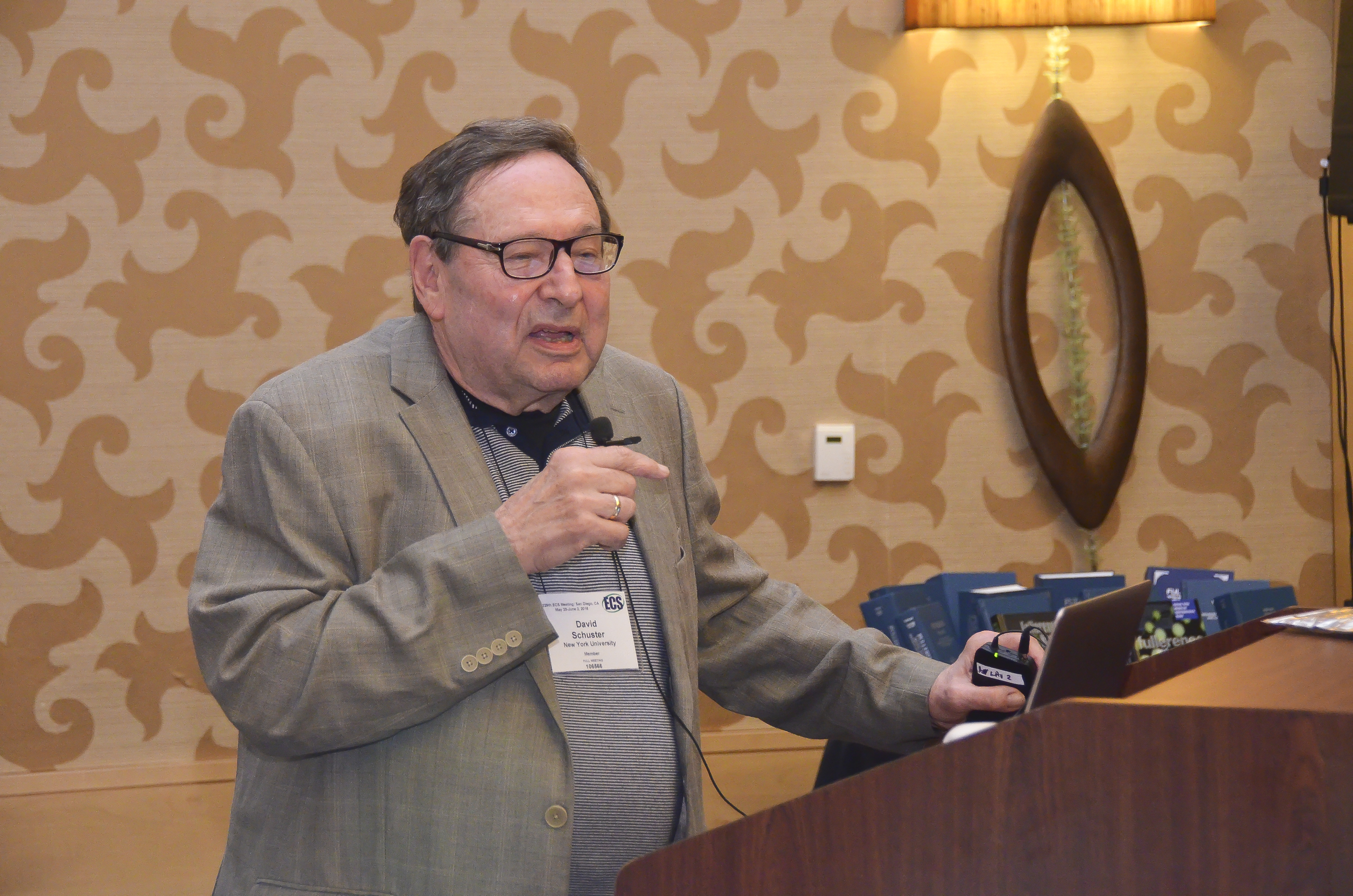 Topic Close-up #7
Topic Close-up #7
Symposium D03: Plasma Nanoscience and Technology
Symposium Focus is on extensive and in-depth discussions in the field of plasma nanoscience and nanotechnology as well as developing the next-generation plasma-based nanotechnologies and applications. One of the motivations to organize this Symposium is an ever-increasing and more and more widespread use of plasma-based tools and techniques for nanoscale synthesis and processing. The Symposium is planned as an expert meeting that will provide overview of some of the most important research directions in this field followed by the comments and detailed discussions of the main challenges and strategic directions for the future development in relevant areas.
Examples include topics related to nanoscale synthesis and processing using low-temperature plasmas, ion beams, lasers, etc.; physical and chemical mechanisms of growth of nanostructures using plasma-based and related processes; present and future industrial applications of plasma-based nanoscale synthesis and processing; design of plasma processes, reactors, and associated tools and instrumentation for nanoscale synthesis and processing.


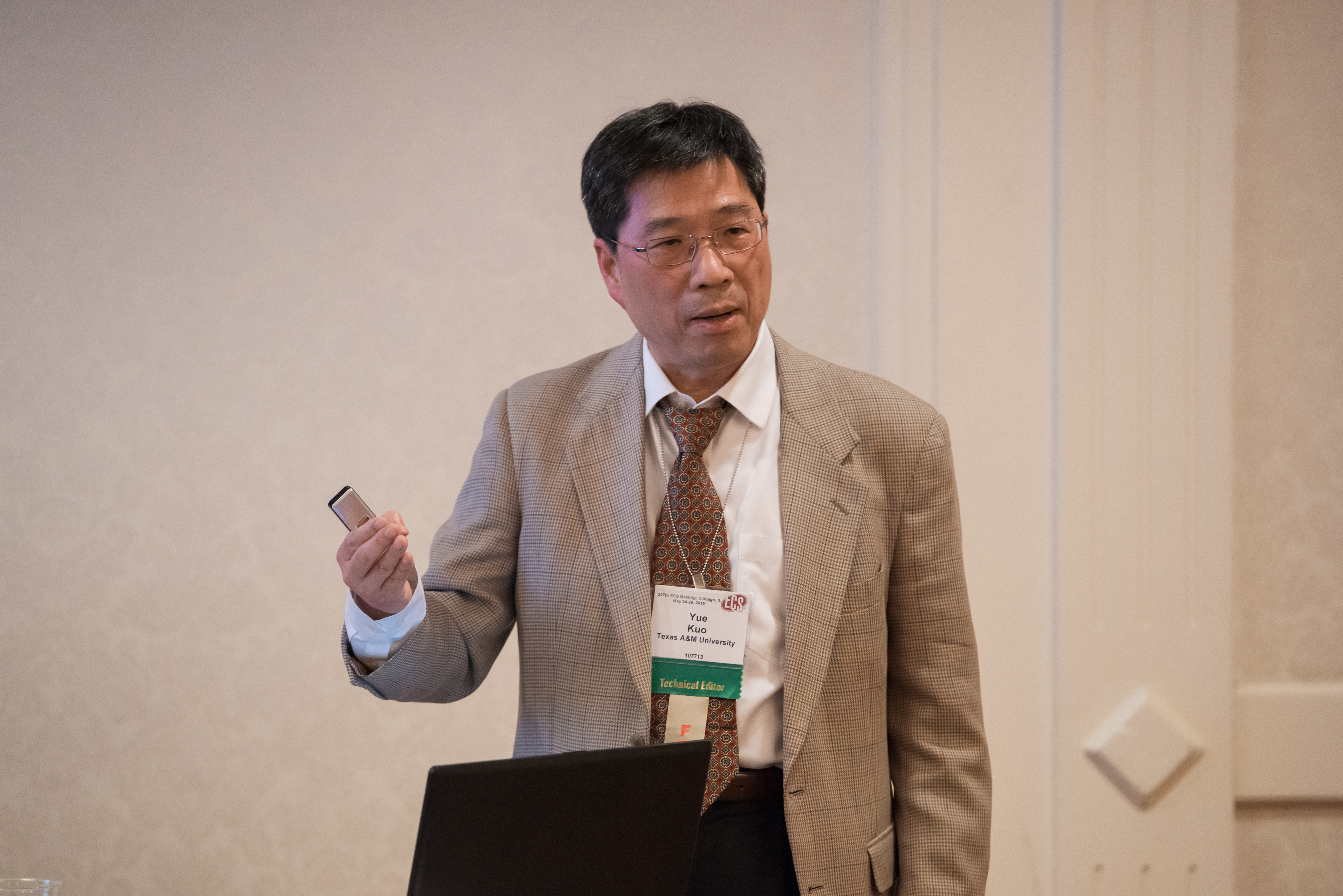 Topic Close-up #6
Topic Close-up #6 American mining production
American mining production 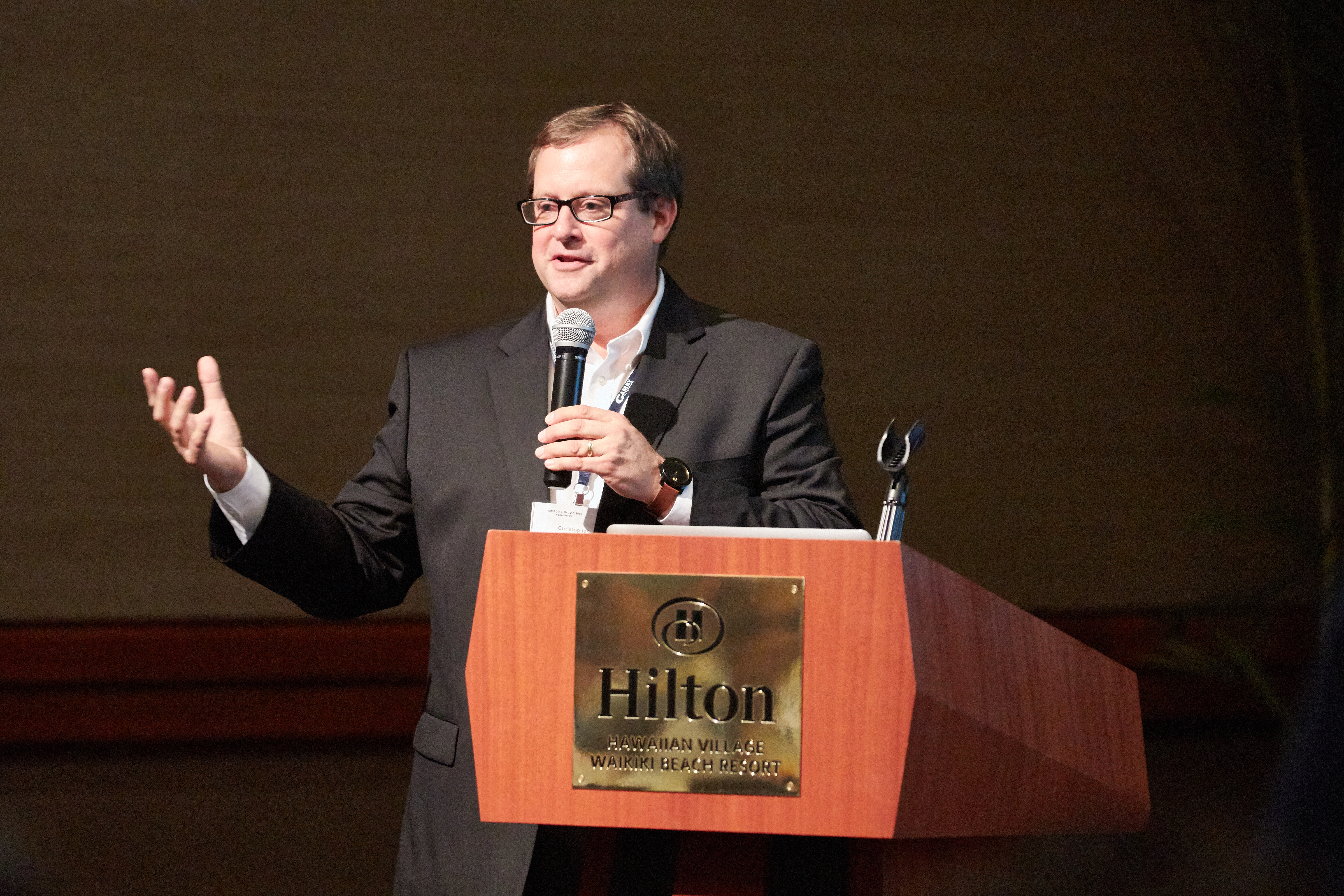 Topic Close-up #5
Topic Close-up #5
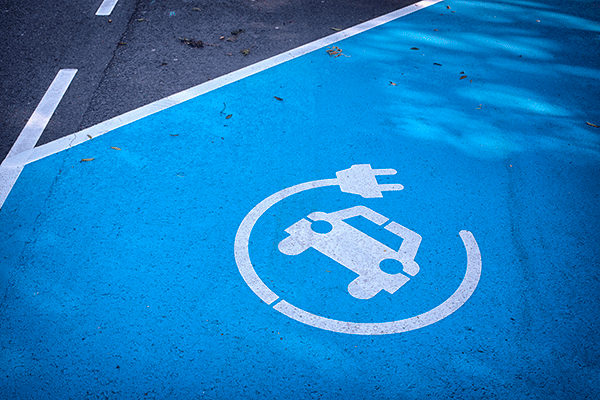 In 2005, the number of electric vehicles on the road could be measured in the hundreds. Over the years, researchers have made technological leaps in the field of EVs. Now, we’ve exceeded a global threshold of
In 2005, the number of electric vehicles on the road could be measured in the hundreds. Over the years, researchers have made technological leaps in the field of EVs. Now, we’ve exceeded a global threshold of 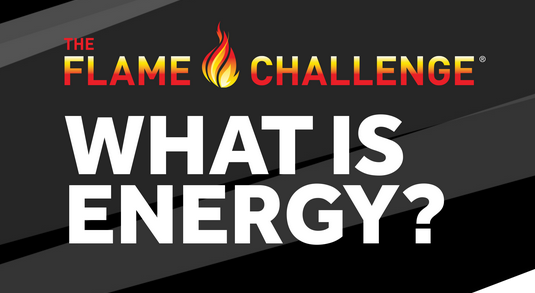 Actor, writer, and science advocate Alan Alda recently launched the sixth
Actor, writer, and science advocate Alan Alda recently launched the sixth 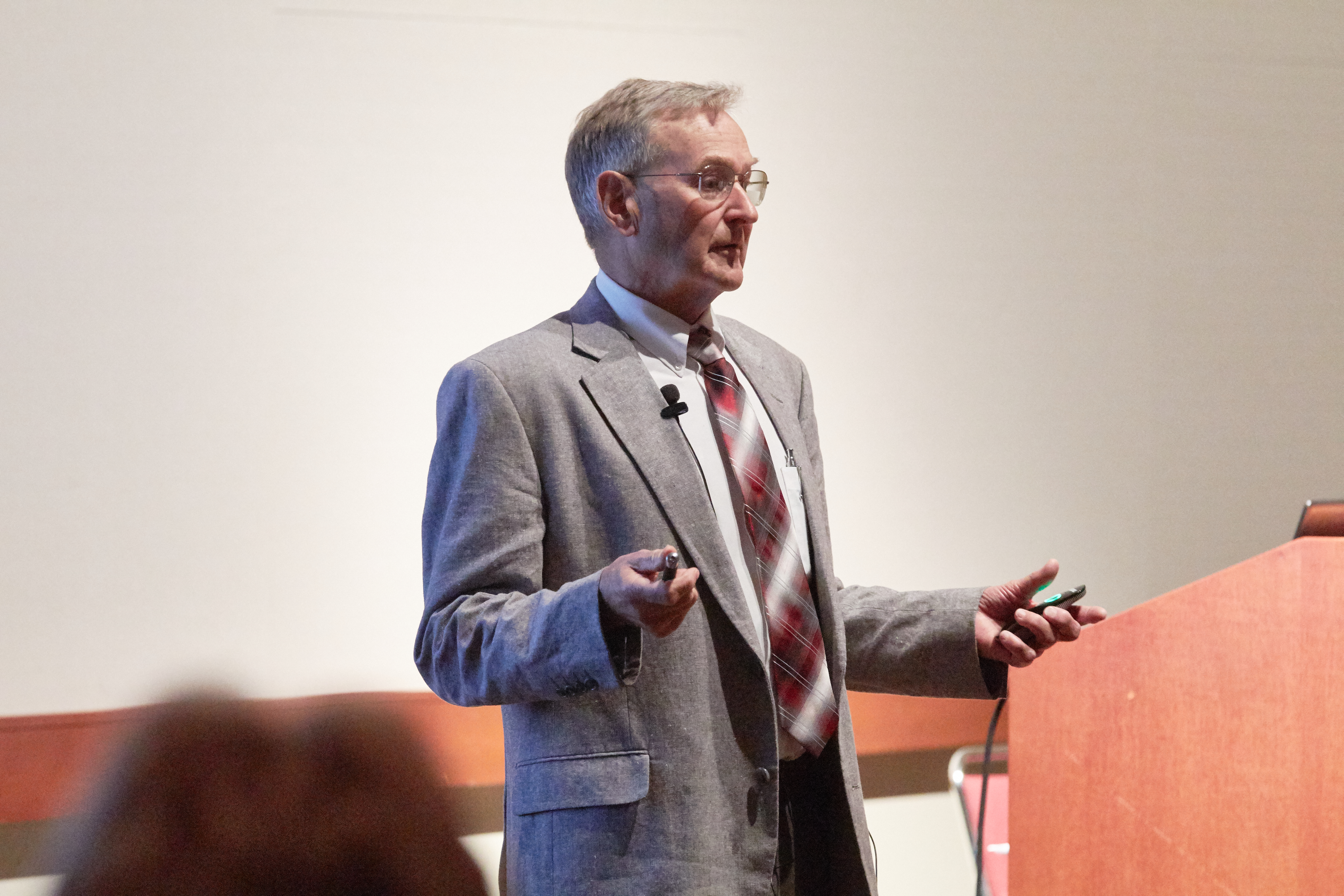 Topic Close-up #4
Topic Close-up #4